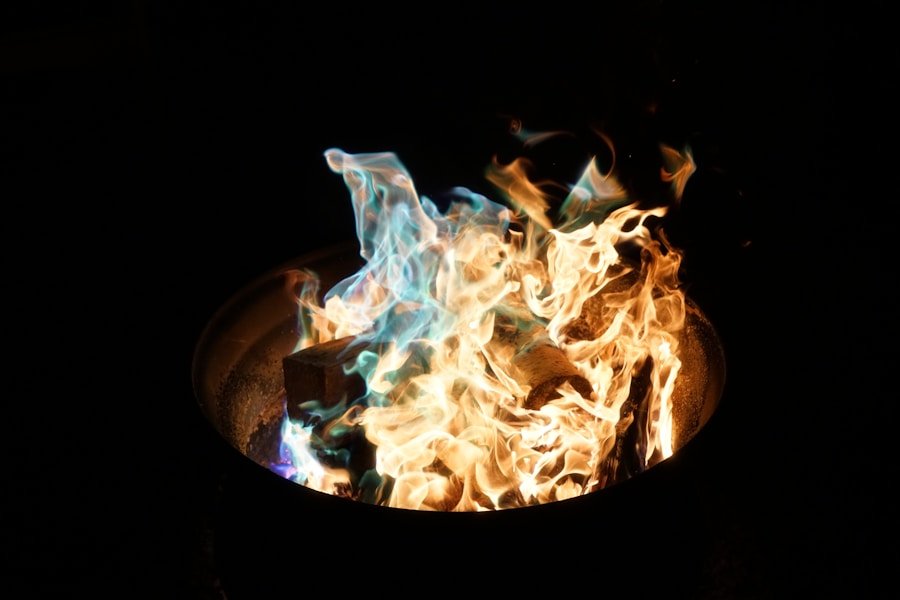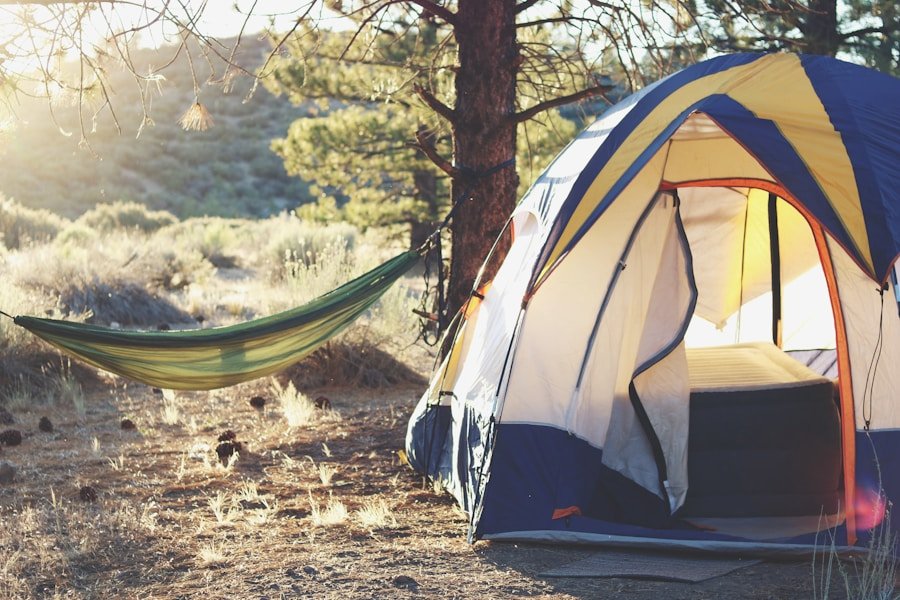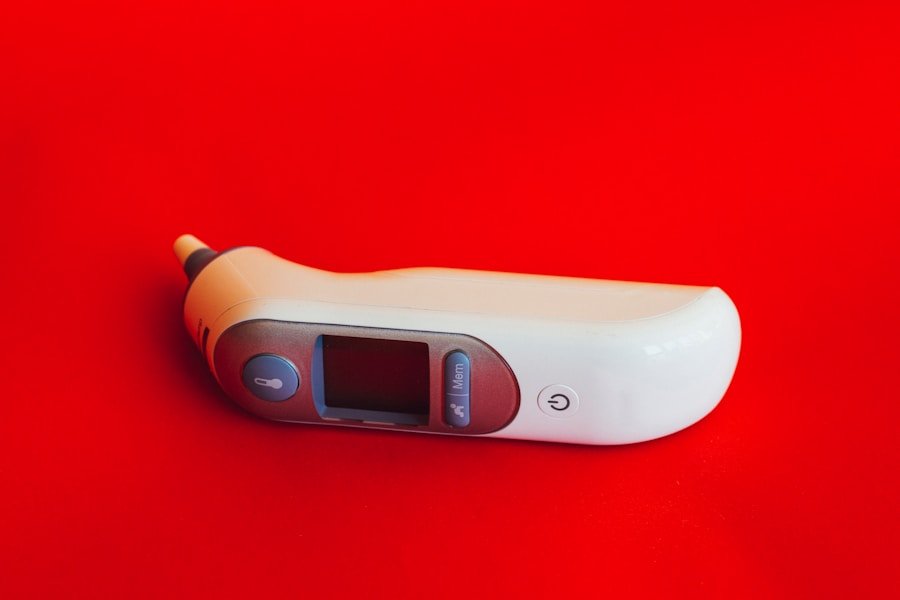Emergency blankets have traditionally been included in survival kits due to their ability to retain body heat in cold environments. However, they are not suitable for hot weather conditions, as they can actually worsen the situation by trapping heat and moisture against the body. This can lead to overheating and dehydration, making it essential to explore alternative methods for staying cool in high temperatures.
One of the primary limitations of emergency blankets in hot weather is their inability to effectively regulate body temperature. Designed to reflect and retain body heat in cold conditions, they can also reflect and trap heat in hot weather, leading to a potentially dangerous increase in body temperature, especially when combined with physical exertion or high humidity. Furthermore, emergency blankets are often made from non-breathable materials, which exacerbate the build-up of heat and moisture against the skin.
As a result, relying solely on emergency blankets to stay cool in hot weather poses significant risks to health and safety.
Key Takeaways
- Emergency blankets may not be the best choice for staying cool in hot weather due to their limitations in heat retention and lack of breathability.
- The science behind heat retention in emergency blankets reveals that they are designed to trap body heat, making them unsuitable for staying cool in high temperatures.
- Alternatives to emergency blankets for staying cool in the heat include lightweight, breathable clothing and accessories such as cooling towels and portable fans.
- Breathability is crucial in hot weather gear to allow for the evaporation of sweat and heat dissipation, which emergency blankets do not provide.
- Risks and drawbacks of using emergency blankets in high temperatures include the potential for heat exhaustion and dehydration, making it important to consider alternative cooling methods.
Understanding the Science Behind Heat Retention in Emergency Blankets
To understand why emergency blankets may not be the best choice for staying cool in the heat, it’s important to consider the science behind heat retention. Emergency blankets are typically made from a thin, reflective material that is designed to reflect up to 90% of body heat back to the wearer. While this can be beneficial in cold conditions, it can have the opposite effect in hot weather.
When the body is exposed to high temperatures, it naturally tries to cool itself through the process of evaporation. However, when an emergency blanket is used, it can trap heat and moisture against the skin, preventing the body from effectively cooling down. Furthermore, the lack of breathability in emergency blankets can exacerbate the problem by preventing sweat from evaporating and cooling the body.
This can lead to a dangerous increase in body temperature, putting the wearer at risk of heat-related illnesses such as heat exhaustion or heat stroke. In addition, the reflective nature of emergency blankets can also cause them to absorb and retain external heat, further contributing to the build-up of warmth around the body. As a result, it’s clear that relying on emergency blankets as a means of staying cool in hot weather can be counterproductive and potentially dangerous.
Alternatives to Emergency Blankets for Staying Cool in the Heat
Given the limitations of emergency blankets in hot weather, it’s important to consider alternative options for staying cool in high temperatures. One effective alternative is the use of cooling towels or bandanas, which are designed to provide instant cooling relief when wet and worn around the neck or head. These products are made from breathable materials that allow for evaporation, helping to lower body temperature without trapping heat and moisture against the skin.
Additionally, there are also specialized cooling vests and shirts available that are designed to provide long-lasting cooling effects without the risk of overheating. Another alternative to emergency blankets for staying cool in the heat is the use of shade and ventilation. When outdoors in hot weather, seeking out shaded areas and allowing for airflow can help to reduce the risk of overheating.
Additionally, wearing lightweight and breathable clothing made from moisture-wicking materials can also help to keep the body cool and dry. By considering these alternatives, individuals can effectively stay cool in hot weather without relying on emergency blankets that may pose risks to their health and safety.
The Importance of Breathability in Hot Weather Gear
| Reasons | Explanation |
|---|---|
| Reflects Heat | Emergency blankets are designed to reflect body heat back to the person, which can make them retain heat in hot conditions. |
| Lack of Breathability | Most emergency blankets are not breathable, which can lead to trapping heat and moisture, making it uncomfortable in hot weather. |
| Conduction of Heat | Emergency blankets can conduct heat from the environment to the body, which can increase body temperature in hot conditions. |
| Not Designed for Cooling | Emergency blankets are primarily designed for retaining body heat in cold conditions, not for cooling in hot weather. |
When it comes to staying cool in hot weather, the importance of breathability in gear cannot be overstated. Breathable materials allow for air and moisture to pass through, helping to regulate body temperature and prevent overheating. In contrast, non-breathable materials such as those used in emergency blankets can trap heat and moisture against the skin, leading to an increase in body temperature and an elevated risk of heat-related illnesses.
In addition to breathability, it’s also important to consider the moisture-wicking properties of hot weather gear. Moisture-wicking materials are designed to pull sweat away from the skin and allow it to evaporate, helping to keep the body dry and cool. This can be especially beneficial when engaging in physical activity or spending extended periods of time outdoors in hot weather.
By prioritizing breathability and moisture-wicking properties in hot weather gear, individuals can effectively stay cool and comfortable without relying on emergency blankets that may do more harm than good.
Risks and Drawbacks of Using Emergency Blankets in High Temperatures
Using emergency blankets as a means of staying cool in high temperatures can pose serious risks and drawbacks. As previously mentioned, these blankets are designed to reflect and retain body heat, which can be counterproductive in hot weather. This can lead to an increase in body temperature and a higher risk of heat-related illnesses such as heat exhaustion or heat stroke.
Additionally, the lack of breathability in emergency blankets can further contribute to overheating by trapping heat and moisture against the skin. Furthermore, relying on emergency blankets as a primary means of staying cool in hot weather can also lead to dehydration. The build-up of heat and moisture against the skin can cause excessive sweating, leading to a loss of fluids and electrolytes.
This can result in dehydration, which can further exacerbate the risk of heat-related illnesses. As a result, it’s clear that using emergency blankets in high temperatures can pose serious risks and drawbacks that should be carefully considered.
Tips for Staying Cool in the Heat Without Relying on Emergency Blankets
There are several tips and strategies that individuals can use to stay cool in hot weather without relying on emergency blankets. One effective tip is to stay hydrated by drinking plenty of water throughout the day. This can help to prevent dehydration and regulate body temperature by allowing for proper sweat production and evaporation.
Additionally, seeking out shaded areas and taking frequent breaks from direct sunlight can also help to reduce the risk of overheating. Another tip for staying cool in hot weather is to wear lightweight and breathable clothing made from moisture-wicking materials. This can help to keep the body dry and cool by allowing for proper airflow and evaporation.
Additionally, using cooling towels or bandanas around the neck or head can provide instant relief by lowering body temperature through evaporation. By following these tips and strategies, individuals can effectively stay cool in hot weather without relying on emergency blankets that may pose risks to their health and safety.
Choosing the Right Gear for Hot Weather Survival: What to Consider
When choosing gear for hot weather survival, there are several important factors to consider. One key consideration is breathability, as gear made from breathable materials allows for proper airflow and evaporation, helping to regulate body temperature and prevent overheating. Additionally, moisture-wicking properties should also be prioritized, as gear that pulls sweat away from the skin can help to keep the body dry and cool.
Another important factor to consider when choosing gear for hot weather survival is versatility. Look for gear that can be easily adjusted or removed as needed, allowing for quick changes based on fluctuating temperatures or activity levels. Additionally, consider the weight and packability of gear, as lightweight and compact options are often more practical for hot weather survival.
By carefully considering these factors when choosing gear for hot weather survival, individuals can effectively stay cool and comfortable without relying on emergency blankets that may not be suitable for high temperatures. In conclusion, while emergency blankets may be effective for retaining body heat in cold conditions, they may not be the best choice for staying cool in hot weather. The limitations of these blankets in high temperatures stem from their inability to effectively regulate body temperature and their lack of breathability.
As a result, it’s important for individuals to consider alternative options for staying cool in hot weather, such as cooling towels or bandanas, shade and ventilation, and breathable clothing made from moisture-wicking materials. By prioritizing breathability and moisture-wicking properties in hot weather gear, individuals can effectively stay cool and comfortable without relying on emergency blankets that may pose risks to their health and safety.
FAQs
What are emergency blankets?
Emergency blankets, also known as space blankets or thermal blankets, are thin, lightweight sheets made of a reflective material that is designed to retain body heat and provide insulation in emergency situations.
How do emergency blankets work?
Emergency blankets work by reflecting a person’s body heat back towards them, helping to prevent heat loss and maintain body temperature in cold conditions. The reflective material also helps to block external heat from reaching the body in hot conditions.
Why might emergency blankets not be the best choice for staying cool in the heat?
Emergency blankets are designed to retain body heat, which means that they can also trap heat and prevent the body from cooling down in hot conditions. This can lead to overheating and heat-related illnesses, especially in high temperatures.
What are the potential risks of using emergency blankets in hot weather?
Using emergency blankets in hot weather can increase the risk of heat exhaustion, heat stroke, and dehydration. The reflective material can trap heat and prevent the body from dissipating it, leading to an increase in body temperature and potential heat-related health issues.
What are some alternative options for staying cool in the heat?
Alternative options for staying cool in the heat include using lightweight, breathable clothing, seeking shade, staying hydrated, using fans or air conditioning, and applying cool water or ice packs to the body. It’s also important to avoid strenuous activity during the hottest parts of the day.













